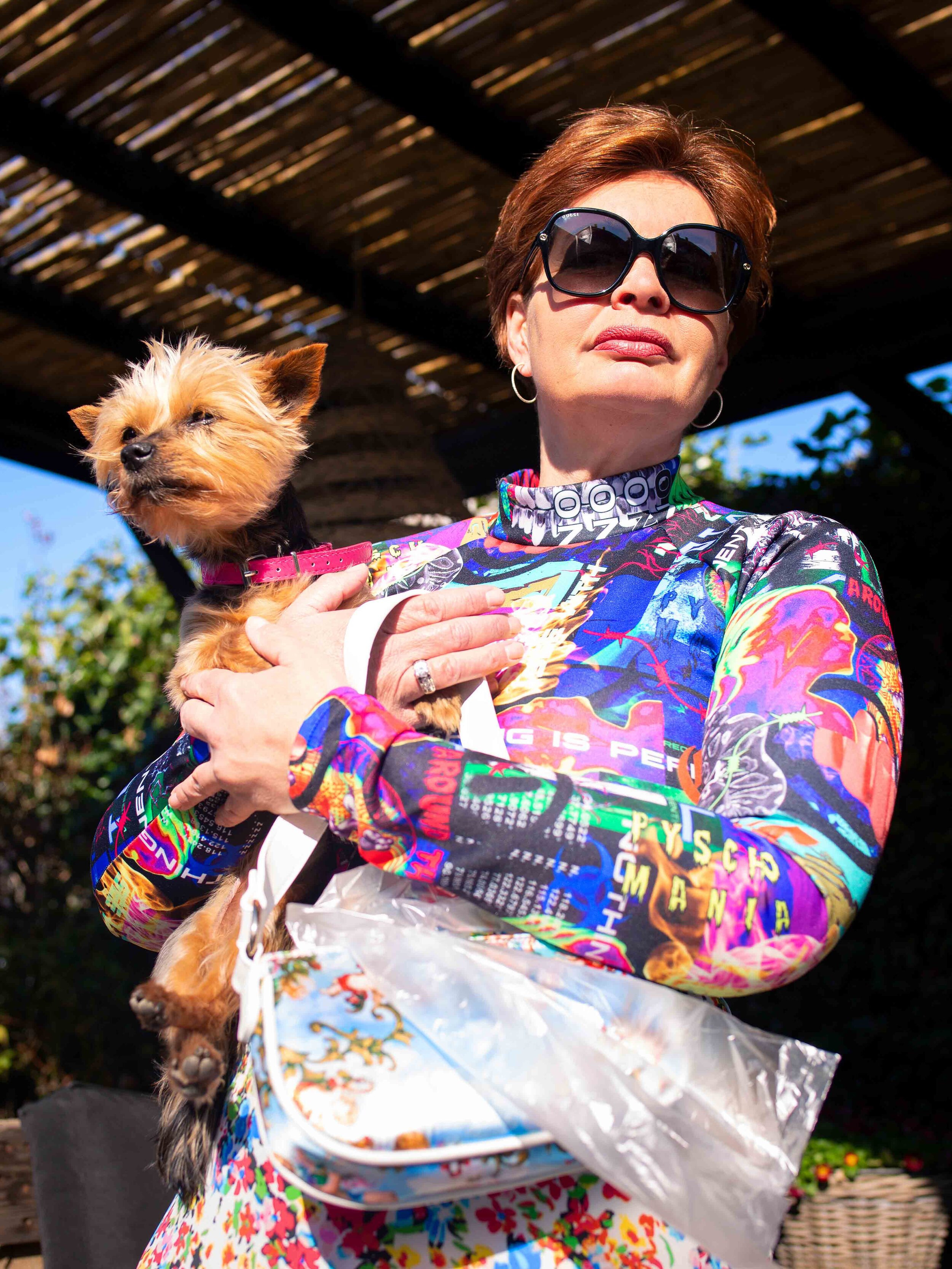
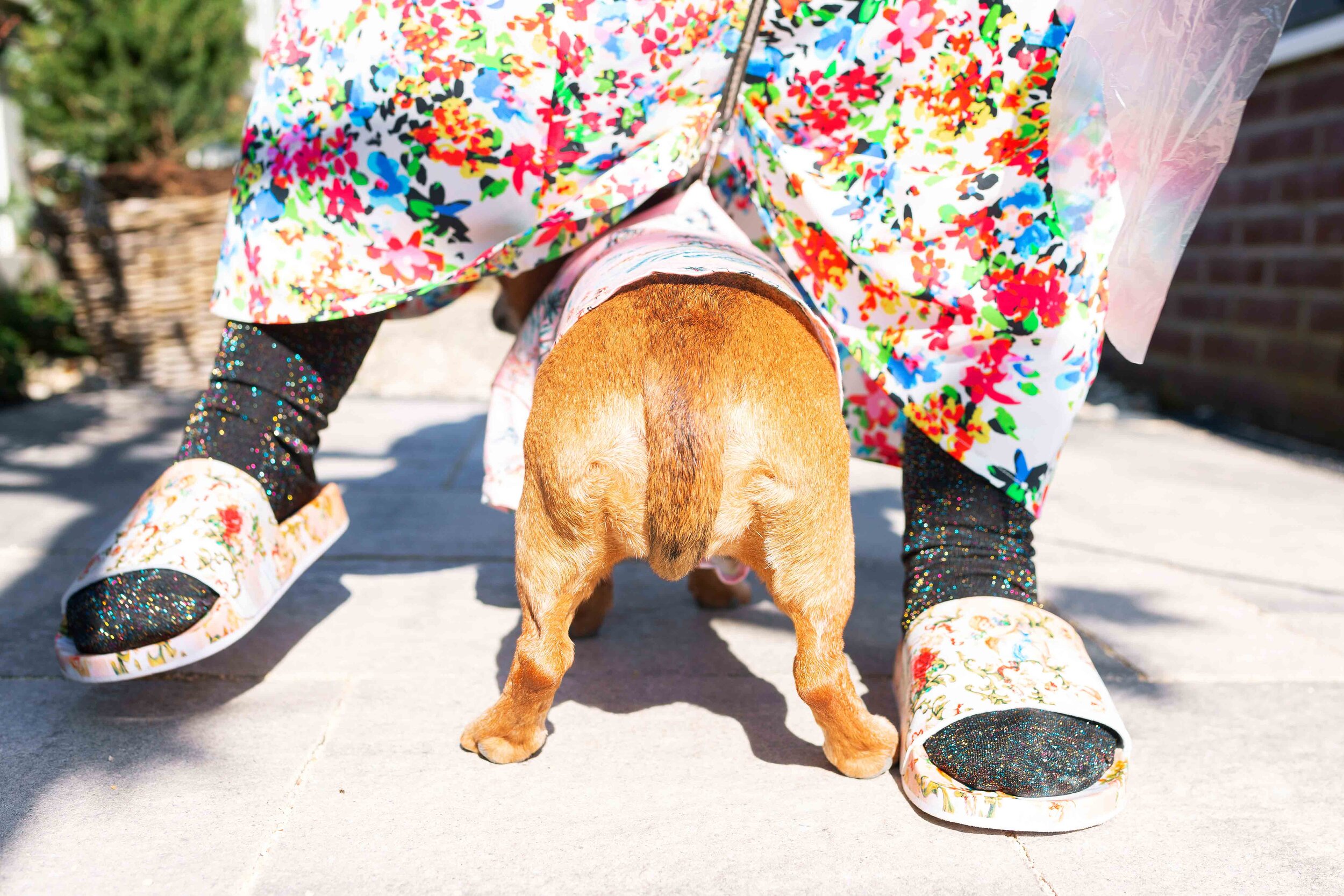
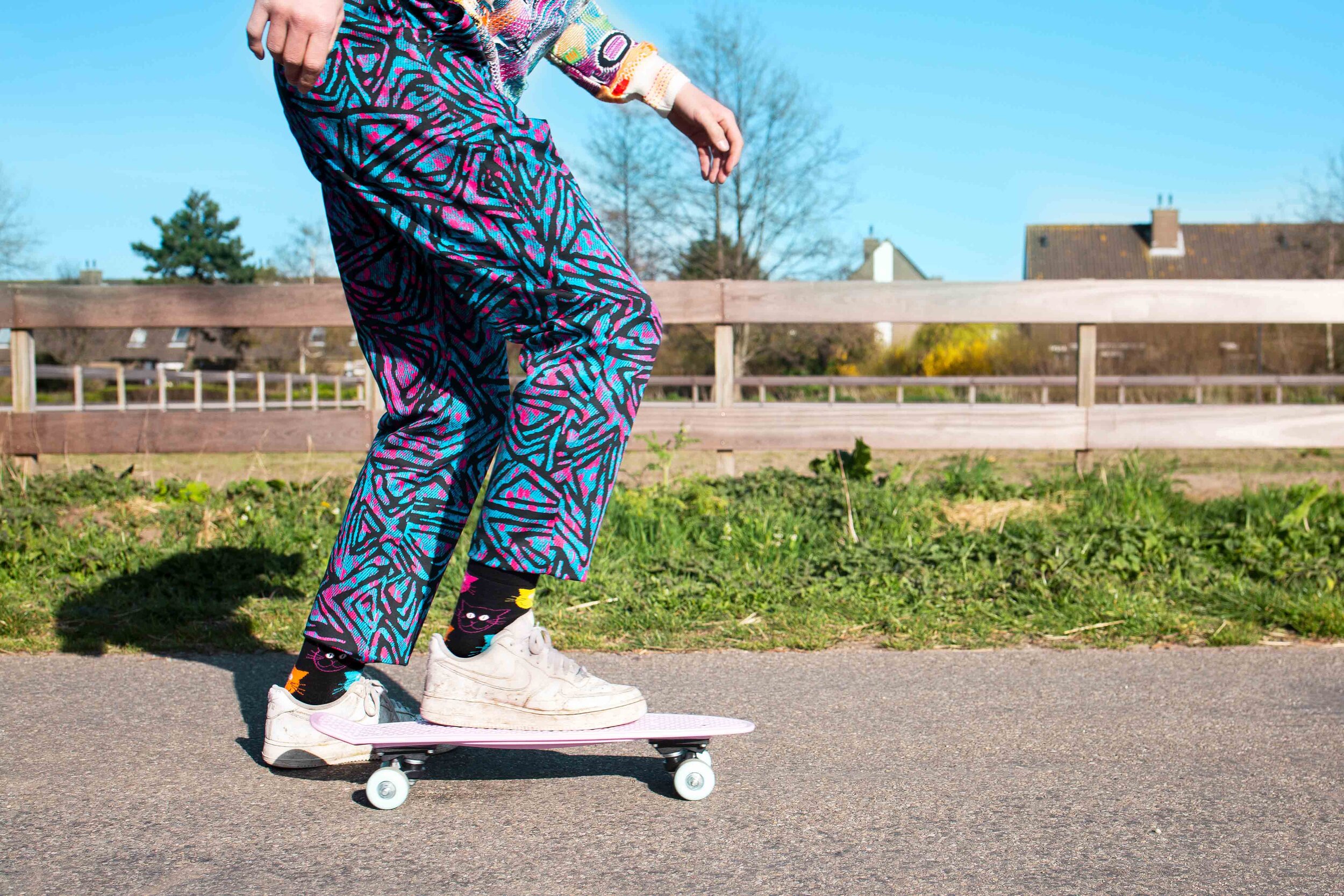
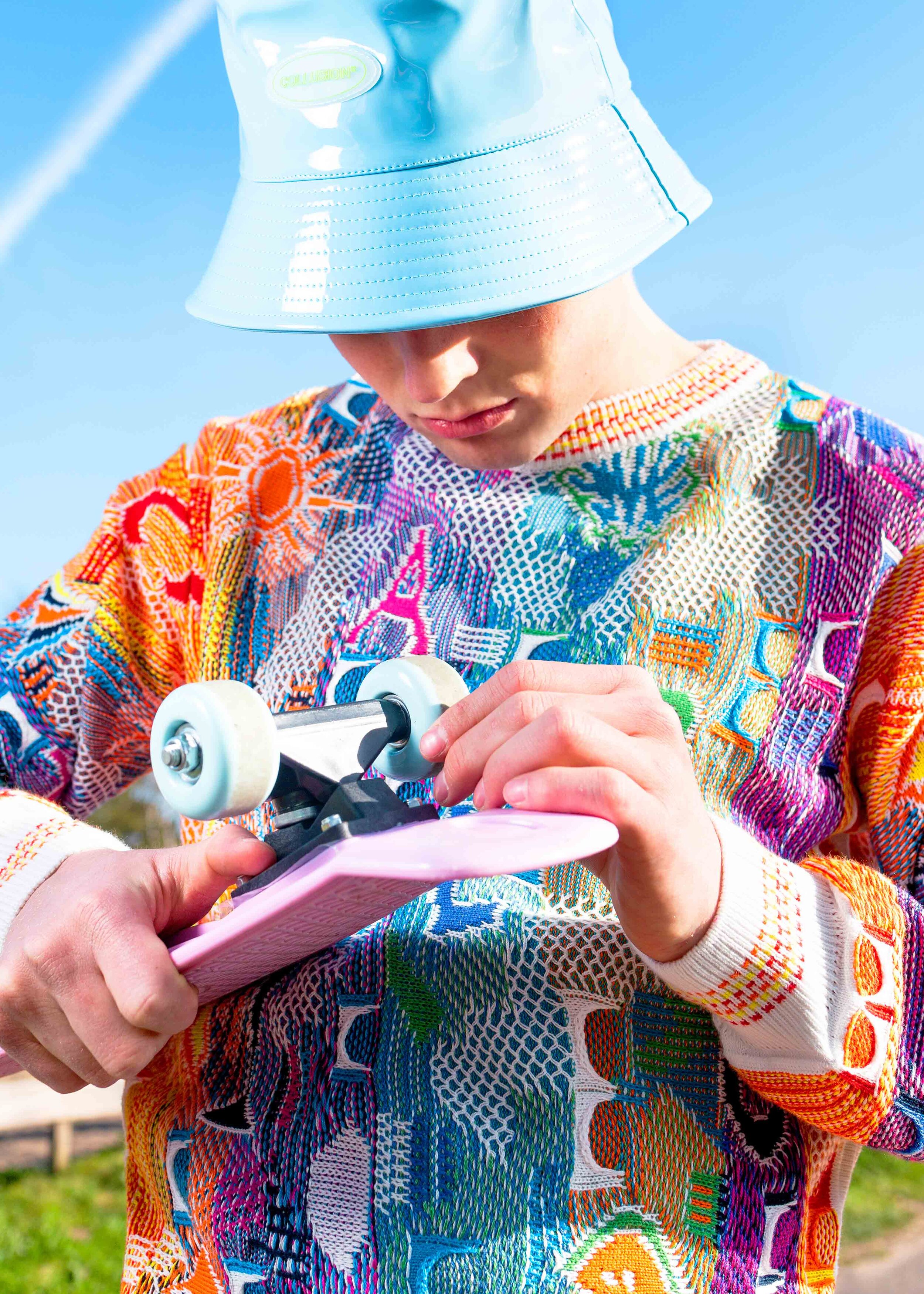
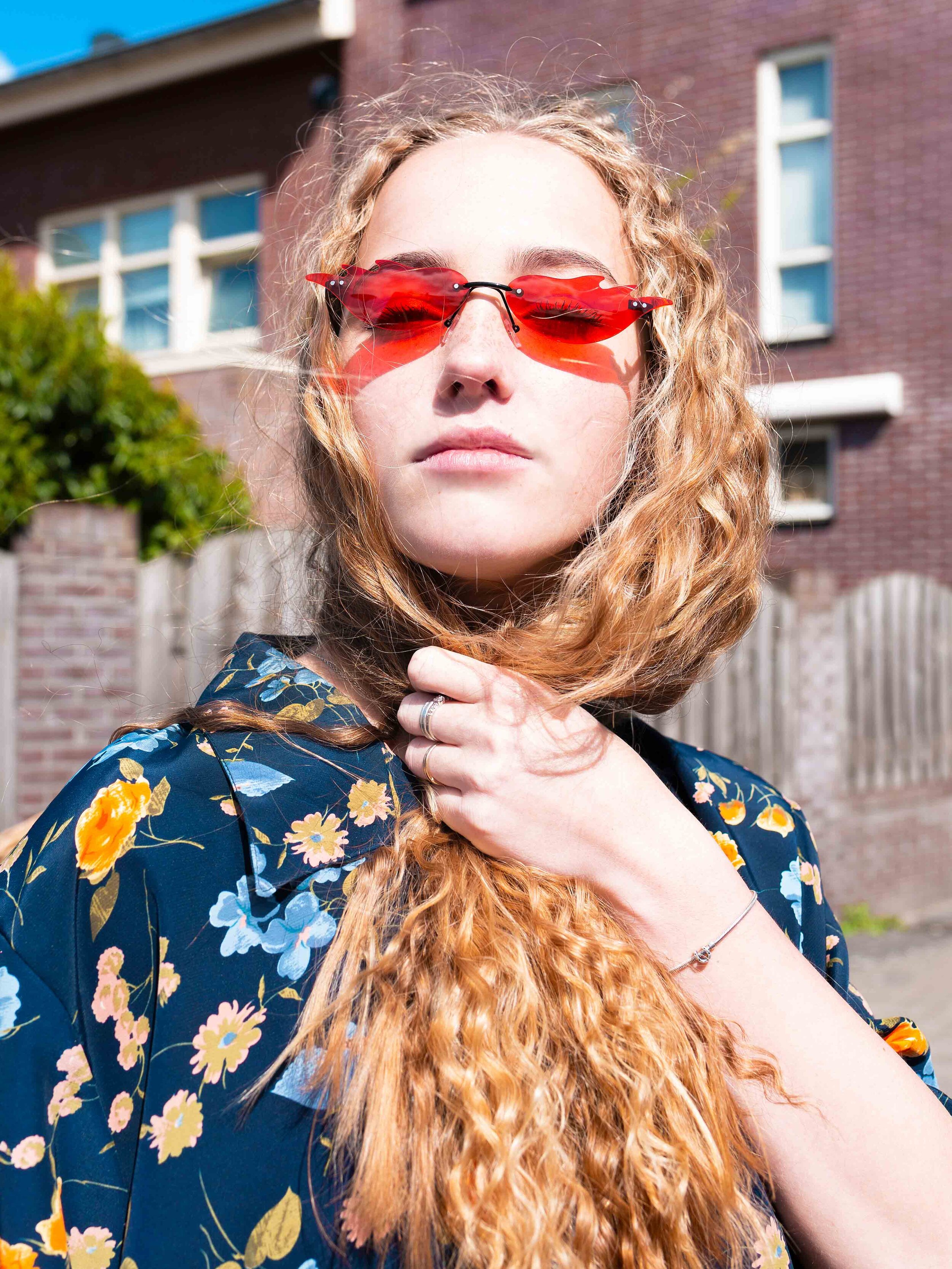
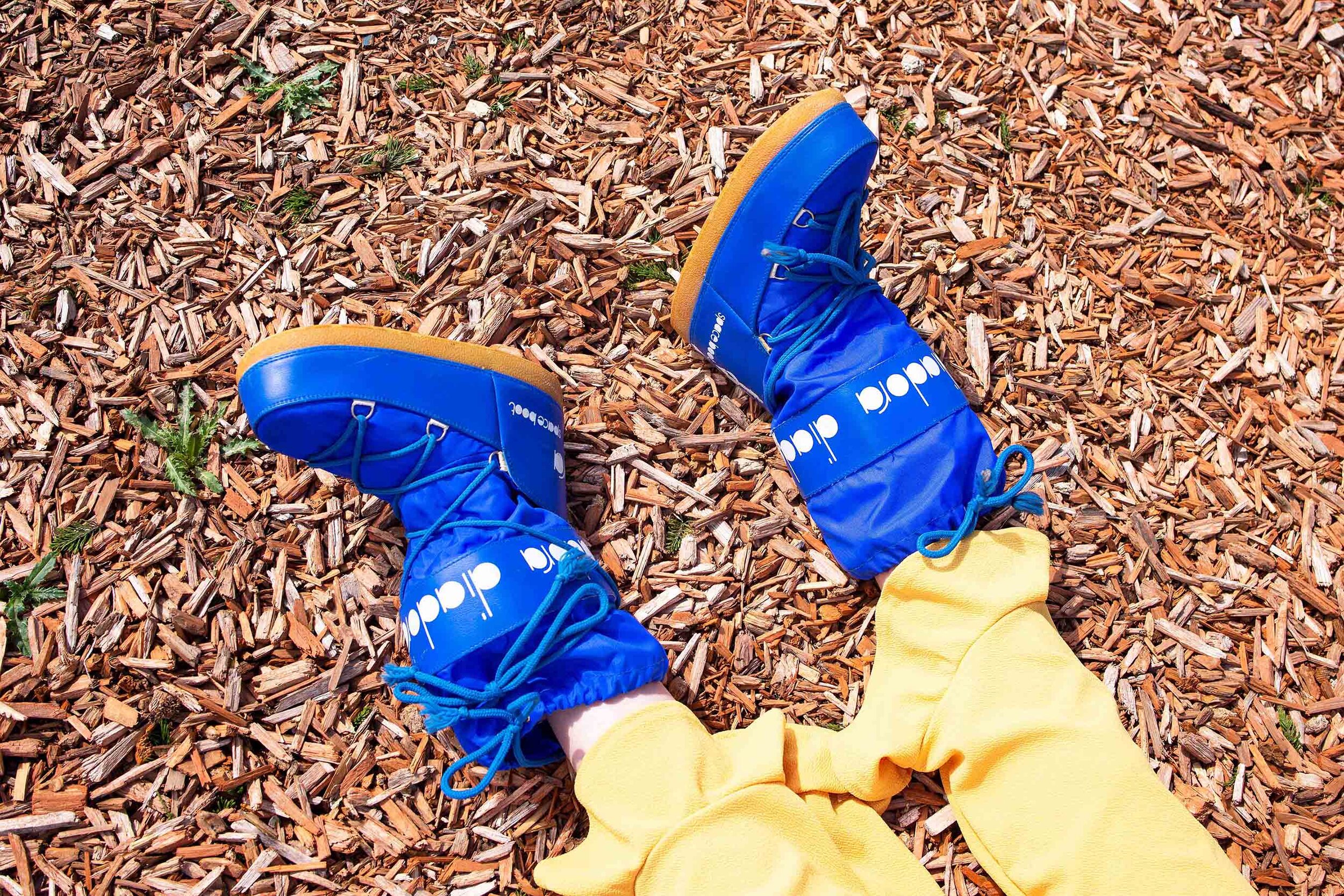
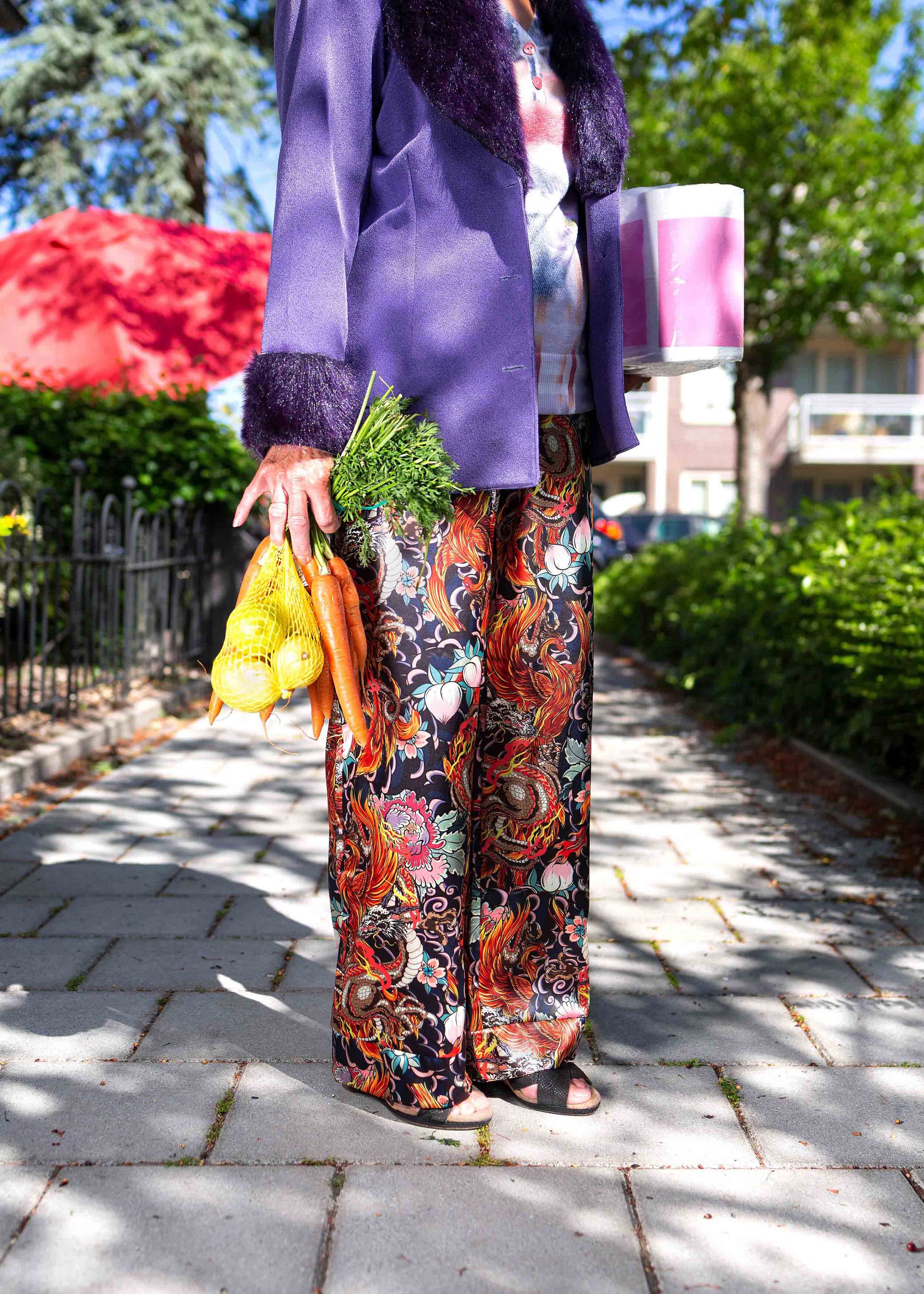
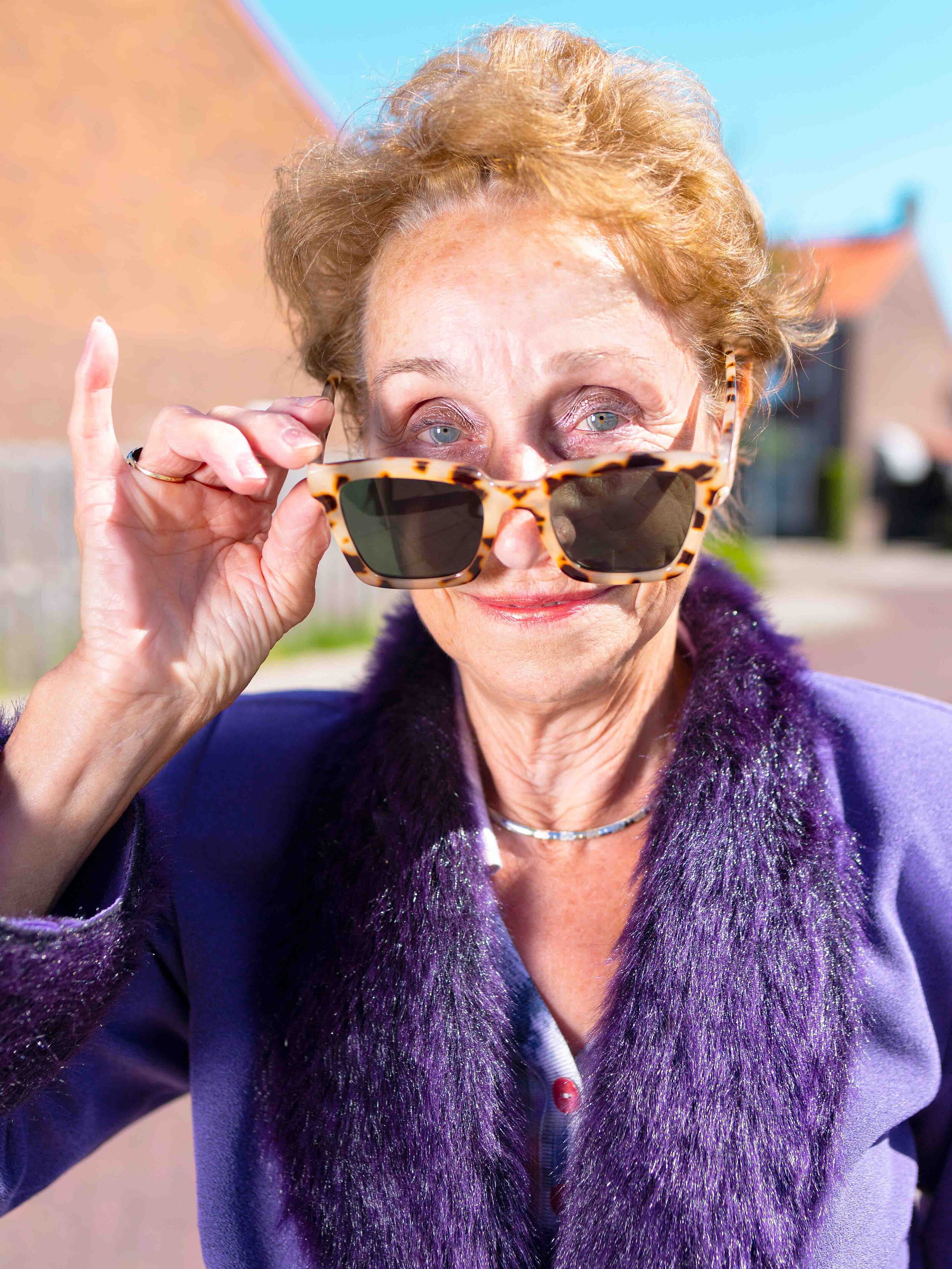
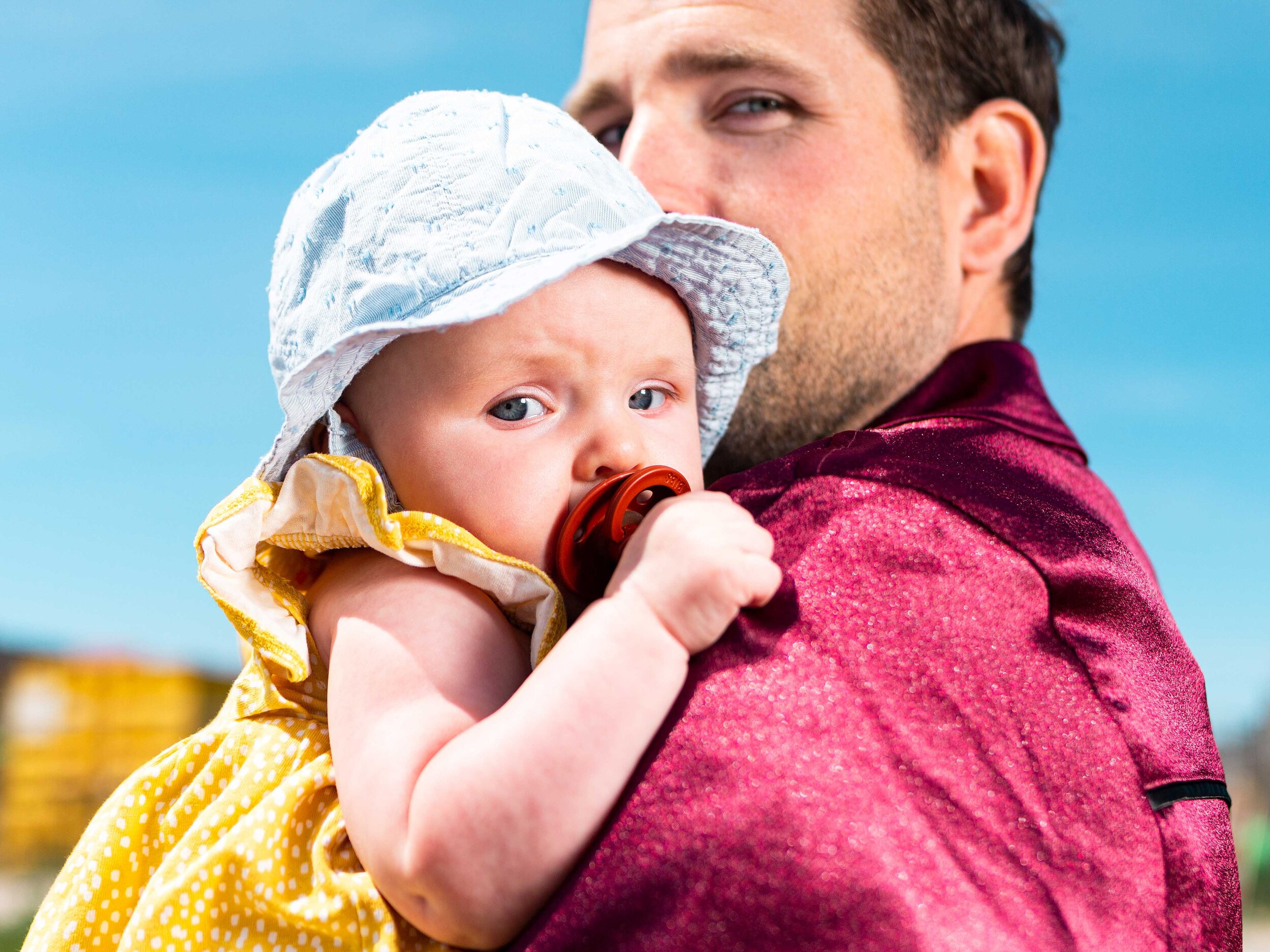
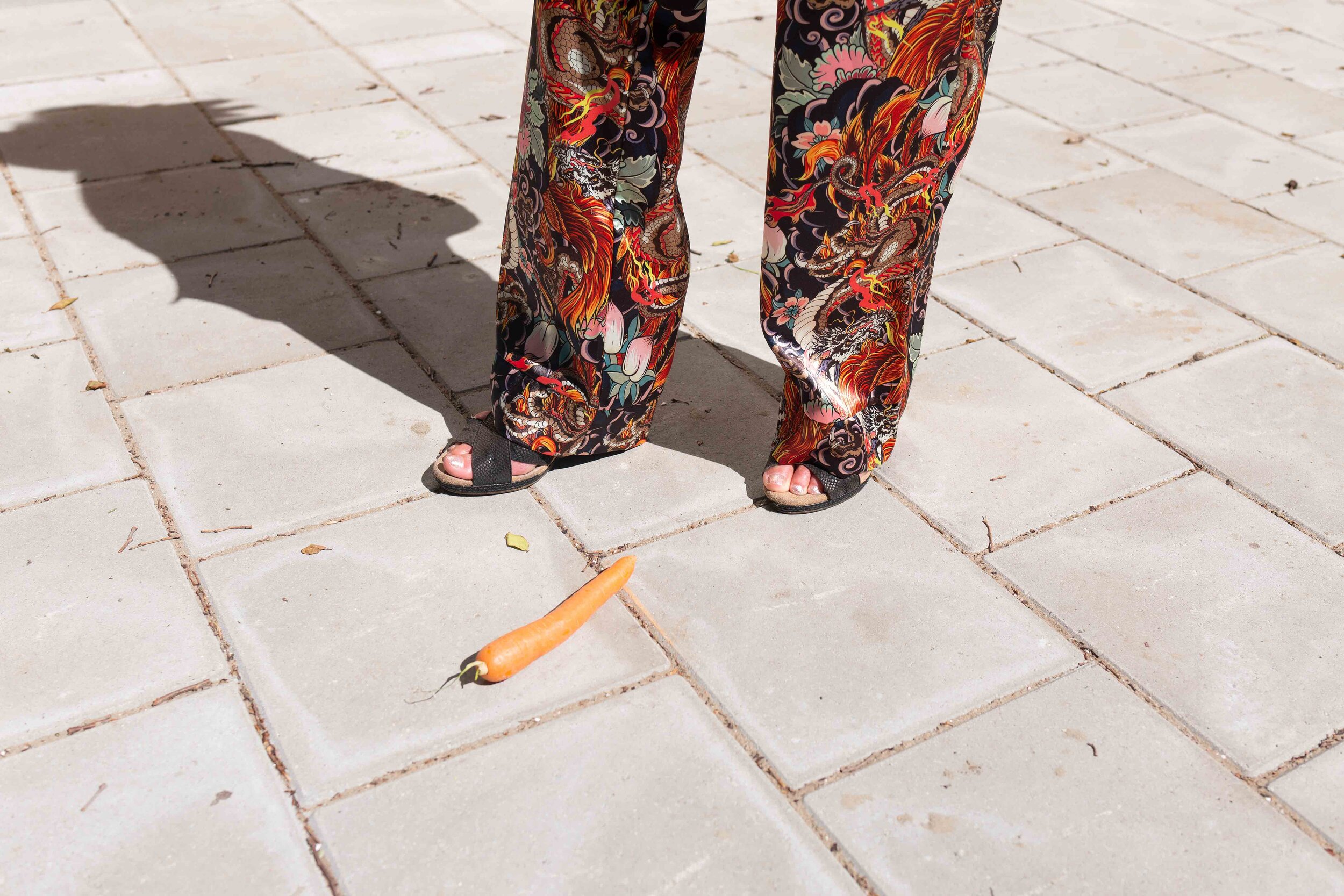
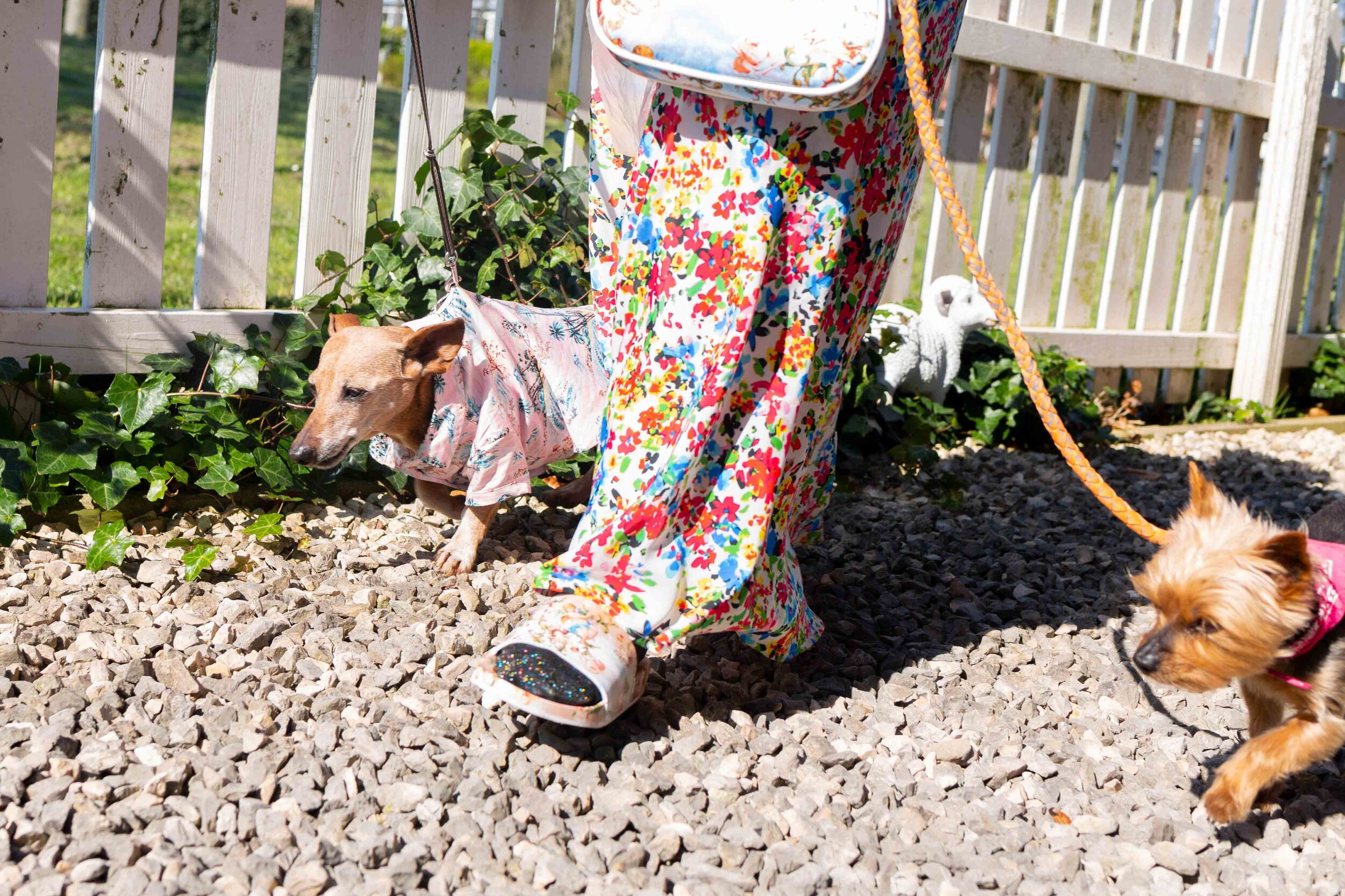
PORTFOLIO - JOLENE ADELAAR
If there is one expression that comes to mind when looking at the lively images of Jolene Adelaar's (b. 1997, The Netherlands) photographic project Runway of Life, it would probably be one that encapsulates the nature of what we've been sorely missing and craving in the midst of the global pandemic: wholesomeness. Light-hearted in spirit and unaffected in its attitude, Adelaar manages to imbue in her fashion photography a touch of humour and relatability, all the while calling to question concepts of performativity and authenticity in the documentary genre, from which she draws much of her inspiration. In Adelaar's runway of life, anyone can be a model, and everyone is.
Set in her home city of Beverwijk, and in collaboration with models likewise sourced from her familiar surroundings, Adelaar sought to take advantage of — and find elements of positivity in — the profound shift that took place in our daily lives when the pandemic struck. "It's the everyday and simple activities that have become more important than ever [...] walking the dog, running errands and “being outside” in general have now taken on a completely different meaning," writes Adelaar. Blending the recognisable tenets of "fashion photography" with the everyday — activities like dog walking, and grocery shopping, even featuring grocery items and pets as props — lends her images a feeling of accessibility, whilst playing with a redefinition of what it truly means to engage in the ordinary, especially in light of our “new normal”. Her use of amateur models adds a layer of uncertainty and curiosity to the work — how much is staged, and how much are the subjects being their true selves? Is the clothing their own, or was it chosen by the photographer? Posed, or spontaneous? Does the knowledge of such things really matter in our reading of the images? While fashion is at the heart of the images, Adelaar is far more motivated by the conceptual issues behind the creation, and subsequent interpretation of, documentary photography.
Working during the pandemic likewise affected the practical aspects of the shoot, lending the images an essence of the organic that would otherwise have perhaps been absent. "[...] I couldn't work with a stylist. This task was also for my own account. The different outfits are combinations of online clothing stores and thrift stores [...] by doing the styling myself, I really had complete control over the end result and I also learned a lot about combining colours, fabrics and patterns, something that I think can help me a lot in the future," Adelaar explains. Social distancing requirements meant that hair and makeup was done by the models themselves, adding to the collaborative spirit of the project and the level of ease evidenced in the disposition of Adelaar's models, diverse in age and gender. The palette is characteristic of Adelaar's vibrant and colourful photography, a contrast with what she claims is the grey and drab image often projected onto Beverwijk — not helped by the presence of several Tata Steel plants nearby. "I really see Beverwijk as my home and a grey, boring city like this also has its charm and it has inspired me a lot," writes Adelaar. "It would be boring if everything was perfect.”
